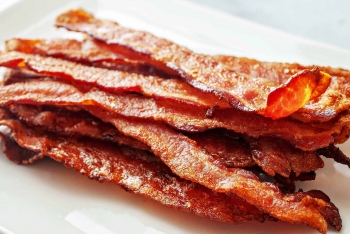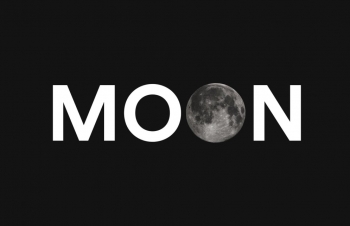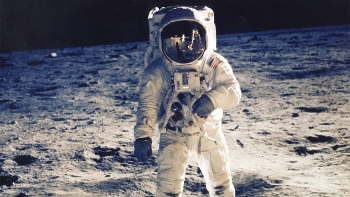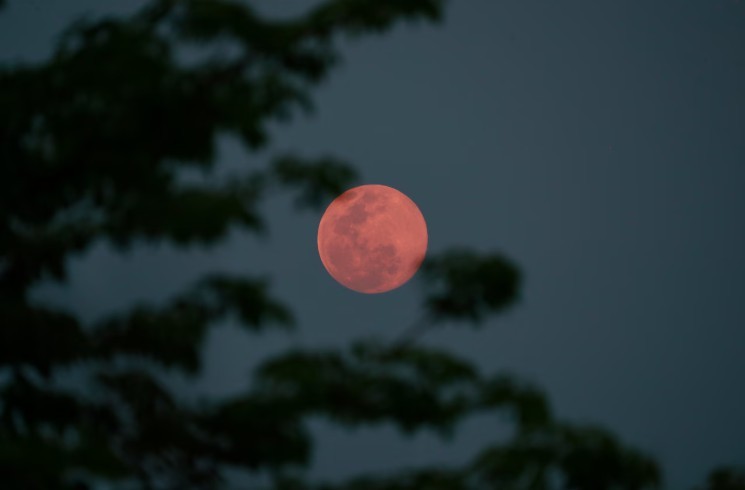Calendar for Full Moon 2021: Names, Dates and Time
 |
| Calendar for Full Moon 2021. Photo: Pinterest |
Observing the Moon with the naked eye, you may see mostly patches of grey and white. The grey patches are actually ancient, solidified lava flows, while the white represents the Moon’s primordial crust, tinted by a white mineral called anorthite.
Try binoculars or a telescope for more resolution and the opportunity to make out craters and mountain ranges. During the Moon’s crescent phases, pay special attention to the liminal space between dark and light, where the lunar topography may cast long shadows and make features easier to pick out. (NASA recommends binoculars with a magnification of at least 7.) NASA also has a Moon observation journal to track the changing Moon phases throughout the month.
Here are the dates of every Full Moon in 2021, according to Inverse:
JANUARY 28, 2021: WOLF MOON
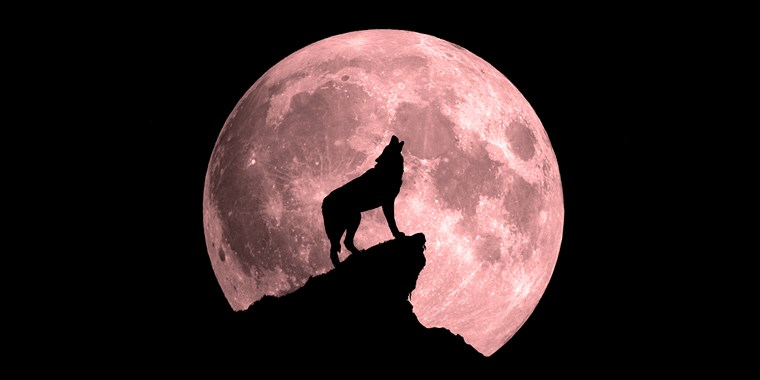 |
Maybe go for a night run or howl in the New Year with the Wolf Moon, which will shine in the sky on January 28 at 2:16 p.m. Eastern. This Moon is also called the Ice Moon, and the Moon after Yule.
Almanac explained, it’s thought that January’s full Moon came to be known as the Wolf Moon because wolves were more often heard howling at this time. It was traditionally believed that wolves howled due to hunger during winter, but we know today that wolves howl for other reasons. Howling and other wolf vocalizations are generally used to define territory, locate pack members, reinforce social bonds, and coordinate hunting.
Read More: When You can See "Wolf Moon" anh How to Watch - The first full moon of 2021
FEBRUARY 27, 2021: SNOW MOON
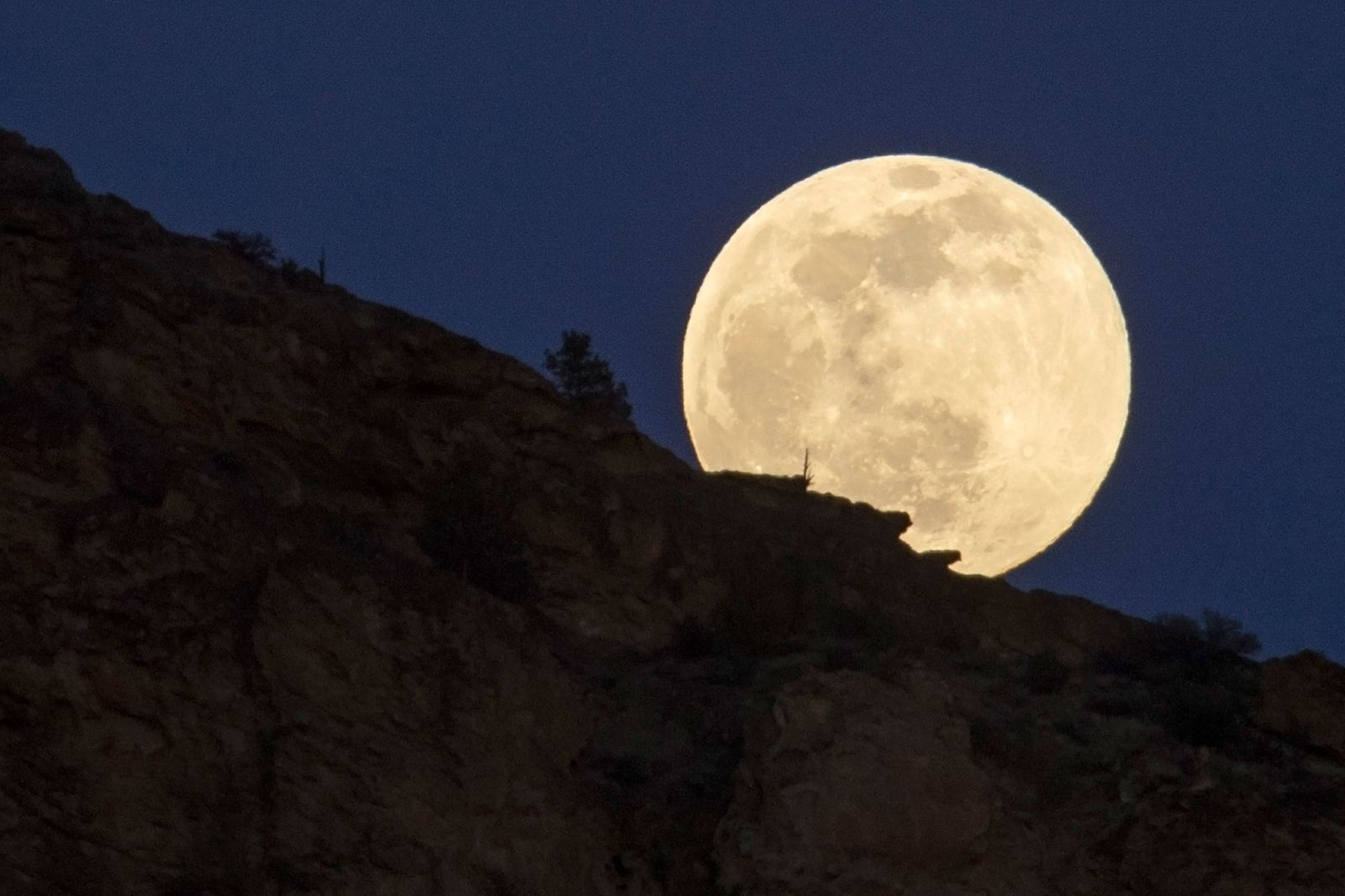 |
| The moon rises at Smith Rock State Park in Oregon.Ted S. Warren/AP |
Time to strap on snowshoes in the backcountry, the Snow Moon rises on February 27 at 3:17 a.m. Eastern. This month's Full Moon is also called the Storm Moon and the Hunger Moon.
According to the Farmers' Almanac, northeastern Native American tribes referred to the second full moon of winter as the Snow Moon because of February's heavy snow, CNN reported.
This month's moon is also being called a supermoon by some experts, which means it will be one of the biggest moons of the year and will look especially large when rising and setting.
Read More: What is Snowmoon: Name Origin, Date, Time and Interesting Myths
MARCH 28, 2021: WORM MOON
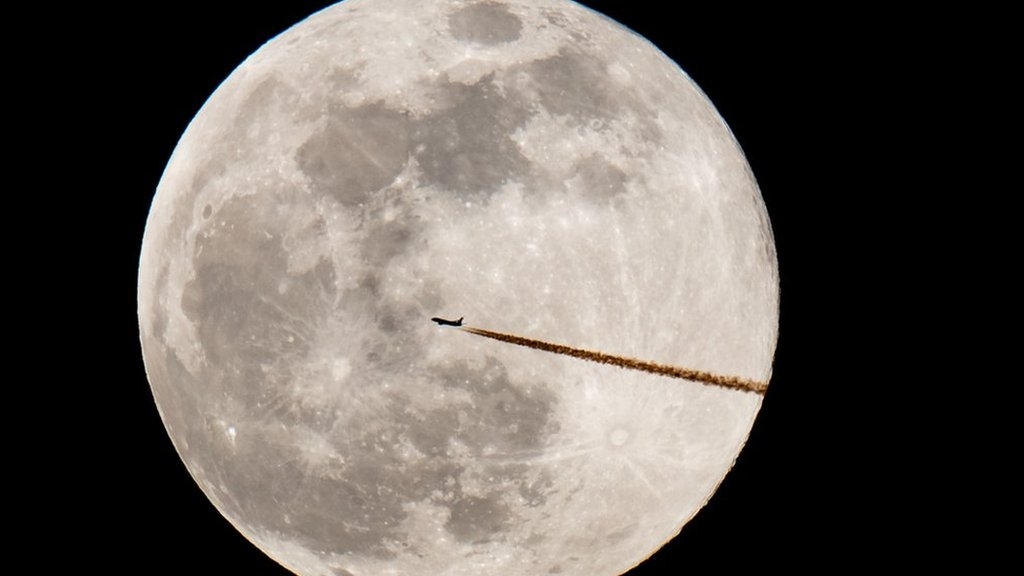 |
| Worm Moon. Photo: BBC |
As the Northern hemisphere begins to warm and the soil begins to stir, so rises the Worm Moon on March 28 at 2:48 p.m. Eastern. Also called Crow Moon, Crust Moon, Sap Moon, Sugar Moon, and the Lenten Moon, this is the prime time to start thinking about planting new shoots in the garden.
The Spring Equinox is also on March 20, at 5:37 a.m. Eastern.
As the temperature begins to warm and the ground begins to thaw, earthworm casts appear, heralding the return of the robins, thus the origin of March’s full moon, named the Full Worm Moon, according to Farmers Almanac.
The more northern Native American tribes knew this Moon as the full Crow Moon, when the cawing of crows signaled the end of winter.
It was also referred to as the Full Crust Moon, because the snow cover becomes crusted from falling by day and freezing at night.
Read More: Facts about Worm Moon: Date, Significance and What it Means?
APRIL 26, 2021: PINK MOON
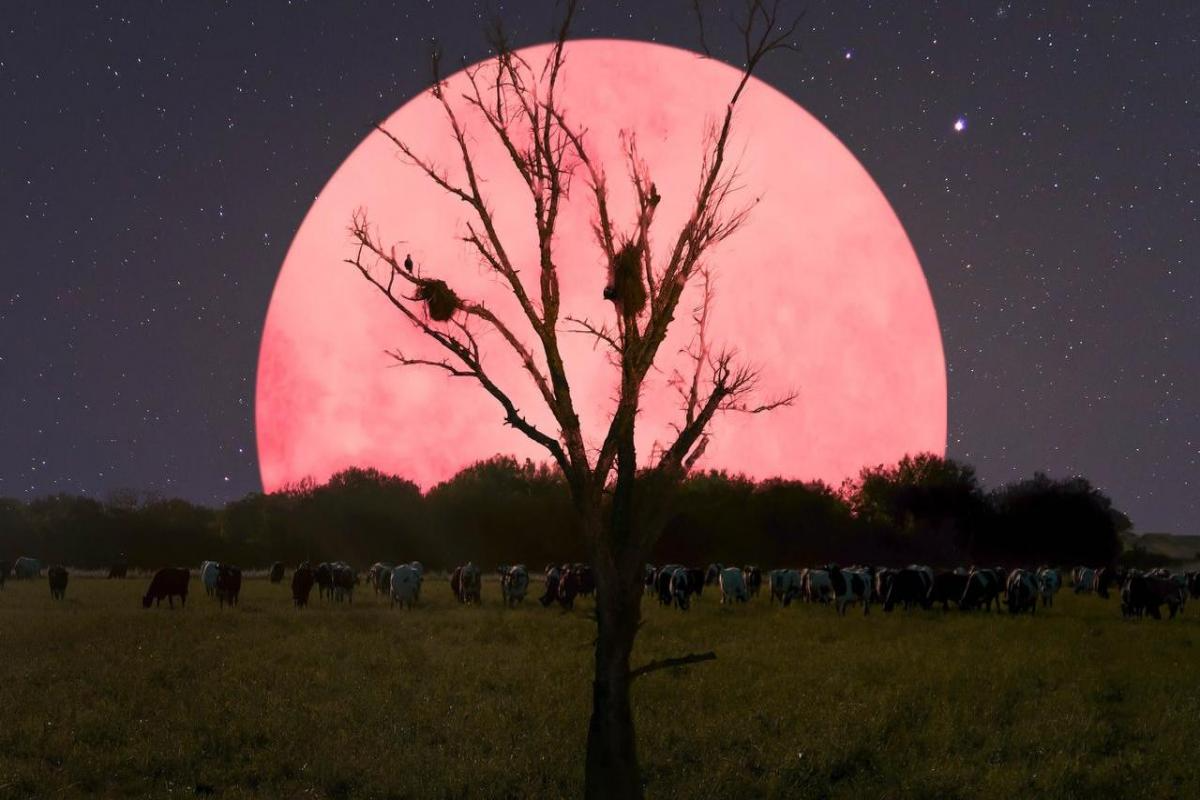 |
The spring Pink Moon, ostensibly named for the pink Phlox flower bloom, rises April 26 at 11:31 p.m. Eastern.
This is also a Supermoon.
A Supermoon occurs when the Moon is full and particularly close to Earth in its elliptical orbit. The Supermoon will be visible over the course of April 26 and April 27, according to NASA.
“At its closest point, it is 226,000 miles from Earth and the [Super] Moon appears about 17 percent bigger and 30 percent brighter than the faintest Moon of the year,” according to NASA.
The Pink Moon is also called Sprouting Grass Moon, Egg Moon, and the Fish Moon.
According to Space, despite its moniker, the Pink Moon isn't actually pink. The name "Pink Moon" comes from the bloom of ground phlox, a pink flower common in North America, according to The Old Farmer's Almanac. It has also been called the Sprouting Grass Moon, the Egg Moon and the Fish Moon.
According to the Ontario Native Literacy Coalition, the Ojibwe peoples indigenous to North America called it the Sucker Moon after the common fish species known as suckerfish. This fish, also known as the remora, is one of the animals that the Ojibwe saw as a messenger between the spirit world and ours. In the same region, the Cree called April's full moon the Goose Moon, as April was the month when geese returned to the north after migrating south for the winter.
Read More: Pink Supermoon: What is it, When & How to See?
MAY 26, 2021: FLOWER MOON
 |
| Flower Moon. Photo: Pinterest |
It’s not just Phlox in bloom anymore when the Flower Moon rises on May 26 at 7:14 a.m. Eastern.
This year’s Flower Moon will also feature a Total Lunar eclipse at 7:19 a.m. Eastern. The eclipse will last for 3 hours and 7 minutes in total. The fully eclipsed portion should be visible (or invisible, to be precise) for 15 minutes. The eclipse will be visible from east Asia, Australia, the Pacific, and the Americas.
“During a lunar eclipse, Earth comes between the Sun and the Moon, blocking the sunlight falling on the Moon,” according to NASA. “A total lunar eclipse occurs when the Moon and Sun are on opposite sides of Earth.”
But that’s not all. The eclipsing Flower Moon is also 2021’s second Supermoon.
The Flower Moon is also called Corn Planting Moon and the Milk Moon.
JUNE 24, 2021: STRAWBERRY MOON
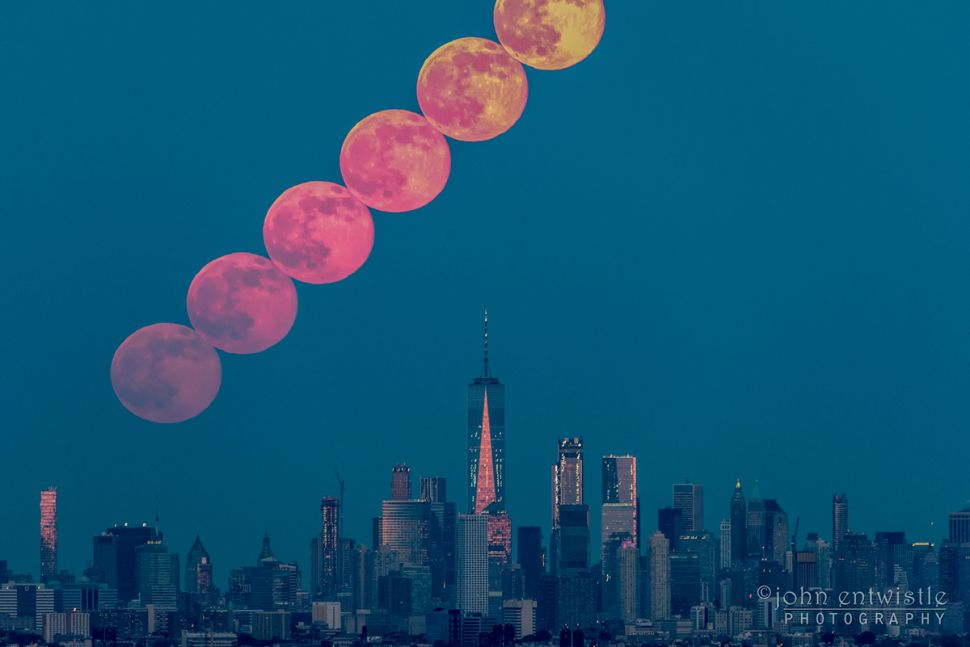 |
| The full Strawberry Moon rises over Manhattan in this photo taken by John Entwistle on June 9, 2017. (Image credit: John Entwistle). |
Berries are out! Grab some from your garden or store as the Strawberry Moon rises on June 24 at 2:40 p.m. Eastern. This month's Full Moon is also called Mead Moon and Honey Moon.
EarthSky also reports that this month is a Supermoon, too.
Also this month, the Summer Solstice is June 20, at 11:32 p.m. Eastern.
The term "Strawberry Moon" for the full moon of June comes from the berries that appear in North America around that time of year (though modern varieties are available at other times as well).
According to the Ontario Native Literacy Coalition, the Ojibwe treated the Strawberry Moon (Ode'miiin Giizis) as a time for annual feasts and welcoming people home. By contrast the Cree called it Opiniyawiwipisim, the Egg Laying Moon, as it was when birds and waterfowl started laying eggs. In the traditional Chinese lunar calendar, June 8 will fall during the fourth lunar month, called Locust Tree Month, or Huáiyuè.
JULY 23, 2021: BUCK MOON
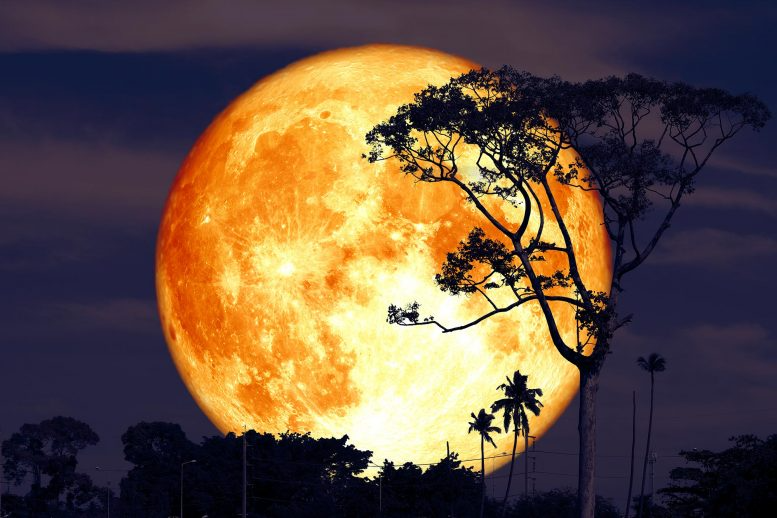 |
Ungulate antlers shed in the winter are growing back fast when the Buck Moon rises on July 23 at 10:37 p.m. Eastern. Look for the deer and elk roaming the forest or plains near you (or eating all of your berry plants if you have a garden).
This month's Moon is called Thunder Moon, Hay Moon, Mead Moon, and the Rose Moon.
Europeans called this full Moon the Hay Moon for the haymaking in June and July, and sometimes the Mead Moon (although this name and “Honey Moon” were also used for the previous full Moon). Mead is created by fermenting honey mixed with water, sometimes adding fruits, spices, grains, or hops.
Another European name is the Rose Moon, although some use this name for the previous full Moon. Some sources indicate the name “Rose Moon” comes from the roses that bloom in late June. Others report that the name comes from the color of the full Moon this time of year, according to Scitechdaily.
For Hindus this is the Guru Full Moon (Guru Purnima) and is celebrated as a time for clearing the mind and honoring the guru or spiritual master. For Buddhists, this full Moon is Dharma Day, also known as Asalha Puha or Esala Poya. For Theravada Buddhism this is an important festival celebrating Buddha’s first sermon.
In most lunisolar calendars the months change with the new Moon, and full Moons fall in the middle of the lunar months. This full Moon is the middle of the fifth month of the Chinese calendar and Tammuz in the Hebrew calendar. In the Islamic calendar the months start with the first sighting of the waxing crescent Moon after the New Moon. This full Moon is near the middle of Dhu al-Qidah, one of the four sacred months during which warfare is prohibited.
AUGUST 22, 2021: STURGEON MOON
 |
| The Full Sturgeon Moon arrives on Monday, Aug. 3, at 11:59 a.m. EDT (1559 GMT). (Image: © Shutterstock) |
Go night fishing as the Sturgeon Moon rises on August 22 at 8:02 p.m. Eastern.
This year, the Sturgeon Moon is also a seasonal Blue Moon.
A Blue Moon is not blue. According to Farmer’s Almanac, it refers to the second of two Full Moons in the same month (as was the case for the Halloween Blue Moon of October 2020). It can also refer to the emergence of four, instead of three Full Moons in a “season,” defined as the period between a Solstice and an Equinox. When this occurs, the third of the four Moons is considered the Blue Moon. And in 2021, that is the Sturgeon Moon.
The Sturgeon Moon is also called the Green Corn Moon.
The full moon of August, according to the Old Farmer's Almanac, is sometimes known as the Sturgeon Moon. The name likely came from both colonists and Algonquian-speaking people in northeastern North America, as sturgeon are native to both Europe and the Americas, according to Space.
But not every Native group in the region used the term. The Ojibwe, whose traditional territory is in what is now southeastern Canada, near the Great Lakes, referred to the eighth full moon of the year as the Blackberry Moon, which could also occur in July. The Cree of Ontario called the August full moon the Flying Up Moon because it was when young birds would fledge. In the Pacific Northwest, the Haida called it the Salmon Moon ("chíin kungáay"), according to Dolly Garza's book "Tlingit Moon & Tide."
In China, this year the August full moon will arrive in the sixth month, Héyuè, or Lotus month, for the blooming of said flowers.
SEPTEMBER 20, 2021: HARVEST MOON
 |
| A Harvest Moon via Dan Bush of Missouri Skies.. |
Reap what you have seen as the Harvest Moon rises on September 20 at 7:55 p.m. Eastern. The Harvest Moon is the name given to the Full Moon in either September or October, depending on the timing of the Fall Equinox. Whichever month’s Full Moon is closest to the Equinox wins the title. In 2021, it’s September.
This is also called Corn Moon, Fruit Moon, Barley Moon, and Hungry Ghost Moon.
The Fall Equinox is on September 22, at 3:21 p.m. Eastern.
Harvest Moon is just a name. In some ways, it’s like any other full moon name. But these autumn full moons do have special characteristics, related to the time of moonrise. Nature is particularly cooperative in giving us full-looking moons near the horizon after sunset, for several evenings in a row, around the time of the Harvest Moon.
OCTOBER 20, 2021: BLOOD MOON
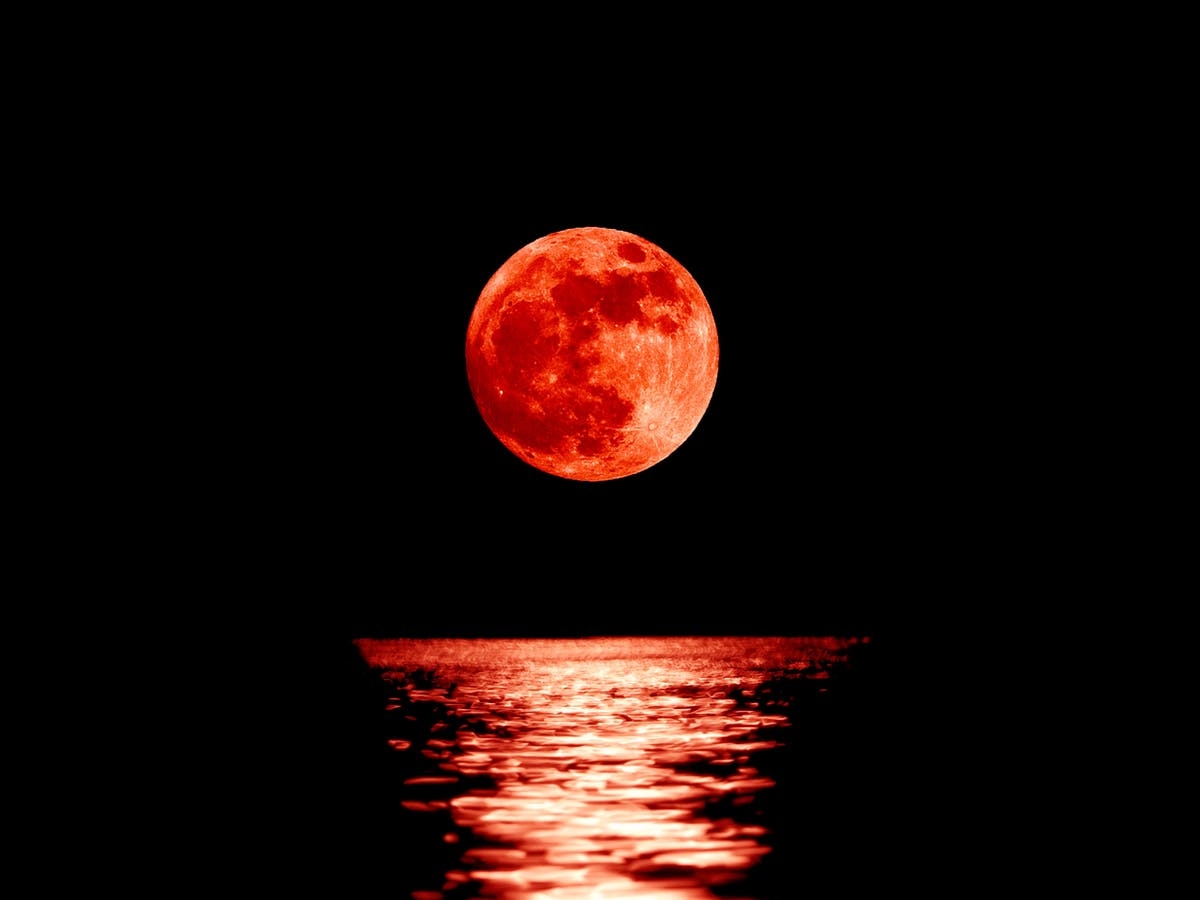 |
| Blood Moon. Photo: The Conversation |
Consider getting dressed up early this year to celebrate the Blood Moon on October 20 at 10:57 a.m. Eastern.
Also this month, NASA is hosting International Observe the Moon Night on October 16. The yearly event is a chance for lunar watchers across the world to host Moon-watching events and activities, registered through a NASA platform. According to NASA, in 2020 “there were 3,775 registered events and observers across 104 countries and all seven continents.”
The Blood Moon is also called the Travel Moon, Dying Grass Moon, Hunter’s Moon, Harvest Moon, and the Sanguine Moon.
A "blood moon" happens when Earth's moon is in a total lunar eclipse. While it has no special astronomical significance, the view in the sky is striking as the usually whiteish moon becomes red or ruddy-brown. The last blood moon on May 26, 2021, which will be visible from parts of North America, Australia, the Pacific and Asia.
NOVEMBER, 19, 2021: FROST MOON
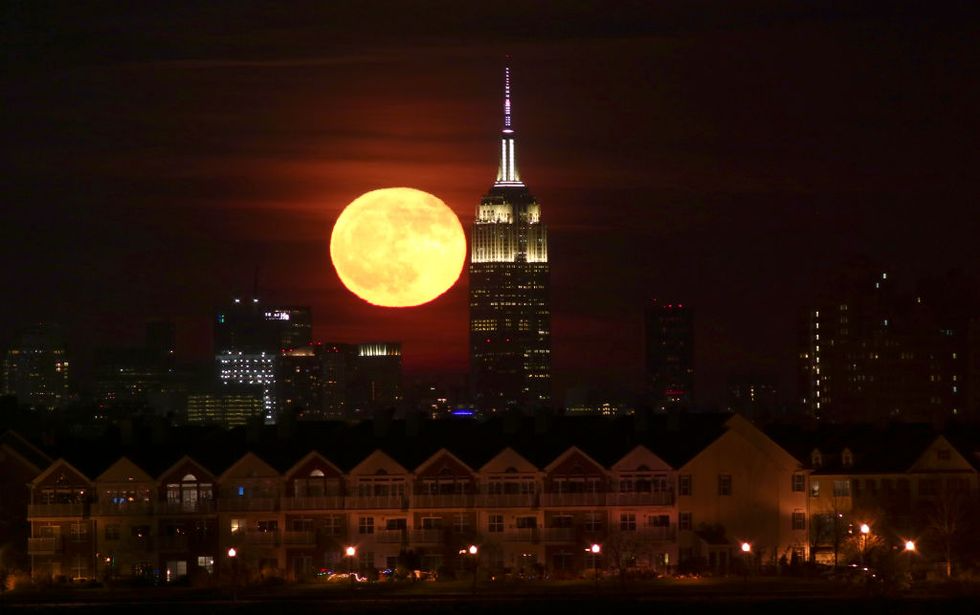 |
| GARY HERSHORNGETTY IMAGES. |
Winter is coming when the Frost Moon rises on November 19 at 3:58 a.m. Eastern.
This year, the Frost Moon features a partial Lunar Eclipse peaking at 4:04 a.m. Eastern. The entire eclipse event will last for 3 hours and 28 minutes. It will be visible from the Americas, northern Europe, east Asia, Australia, and the Pacific
The Frost Moon is also called the Frosty Moon, the Beaver Moon, and the Snow Moon, according to Apartmenttherphy.
Frost Moon is one of the many nicknames that’s associated with the full moon in November. Historically, Native American groups used full moons to track seasons, according to the Old Farmer’s Almanac, and named them after elements associated with nature. For example, another Nov.’s full moon nickname is Beaver Moon and is when beavers take shelter in their lodges. While there’s no concrete explanation behind the meaning of “Frost” in the Frost Moon nickname, it’s a good guess that frost is associated with the chilliness
DECEMBER 18, 2021: COLD MOON
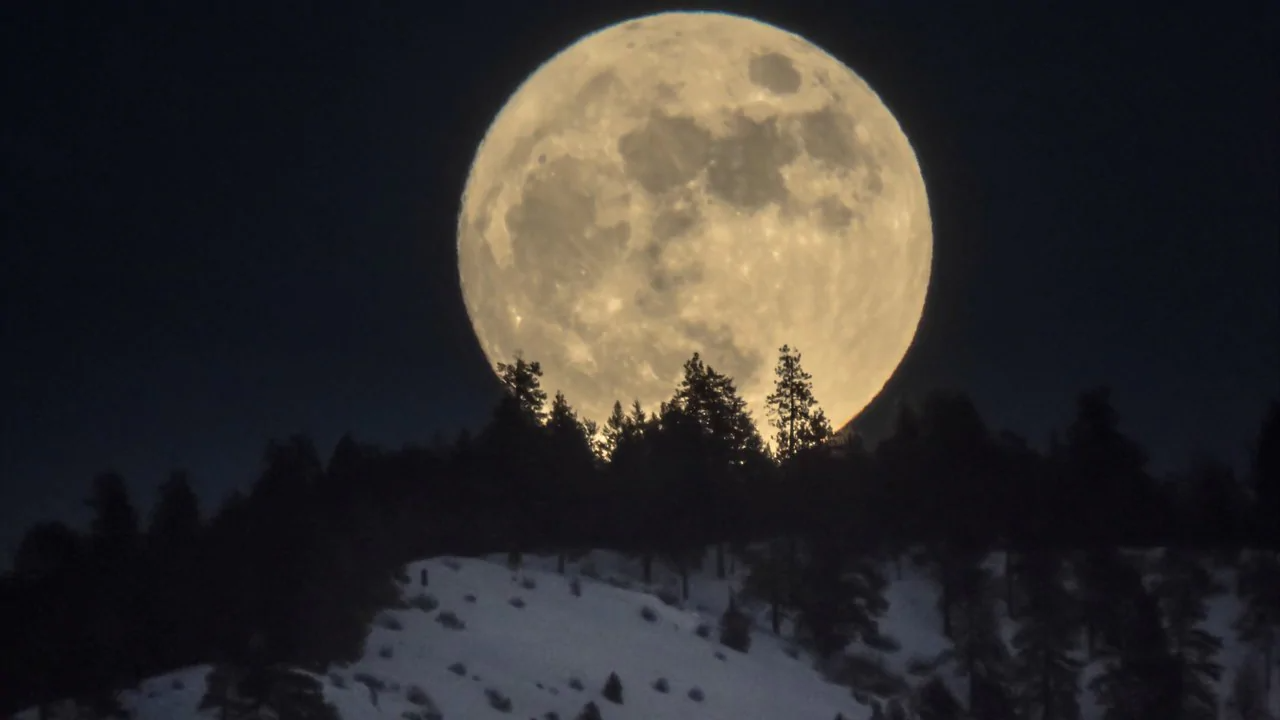 |
| A full moon seen in Washington, USA. Image credit: Flickr/ Rocky RaybellA full moon seen in Washington, USA. Image credit: Flickr/ Rocky Raybell. |
There’s a bite in the air, so bundle up, pour your beverage of choice in a big mug, and tune into the 2021 season finale of The Moon, airing December 18 at 23:36 Eastern.
The final Full Moon of the year is also called Cold Moon, Oak Moon, Moon before Yule, and Long Night Moon.
The Winter Solstice is December 21 at 10:59 a.m. Eastern.
According to The Old Farmer’s Almanac, referring to the December full moon as the Cold Moon comes from the Mohawks, conveying the time of the year when the cold weather really starts to set in at the start of winter. It has had other names as well, including the Wolf Moon, so named by the Algonquin tribes in the northern and eastern part of the country, the Ice Moon and the Long Night Moon, due to its juxtaposition with the winter solstice, according to NASA.
What what is unique about the Cold Moon is its trajectory high across the sky, which results in the moon being visible all night long.
| Full Moon Names History Full Moon names have been used by many cultures to describe the full moon throughout the year. Specifically, Native American tribes used moon phases and cycles to keep track of the seasons by giving a distinctive name to each recurring full moon, including the Flower Moon. The unique full moon names were used to identify the entire month during which each occurred, notes Full Moon Phases. Although many Native American tribes gave distinct names to the full moon, the most well known full moon names come from the Algonquin tribes who lived in the area of New England and westward to Lake Superior. The Algonquin tribes had perhaps the greatest effect on the early European settlers in America, and the settlers adopted the Native American habit of naming the full moons. |
For more updated information, please check out our KnowInsiders!
|
When Neil Armstrong and Buzz Aldrin first set foot on the moon, they couldn’t pop champagne or light up sparklers (for obvious reasons). Instead, they ... |
|
At a distance of 384,400 km from the Earth, the Moon is our closest celestial neighbour and only natural satellite. Like the Earth itself, the ... |
|
Astronaut, military pilot and educator, Neil Armstrong made history on July 20, 1969, by becoming the first man to walk on the moon. |

